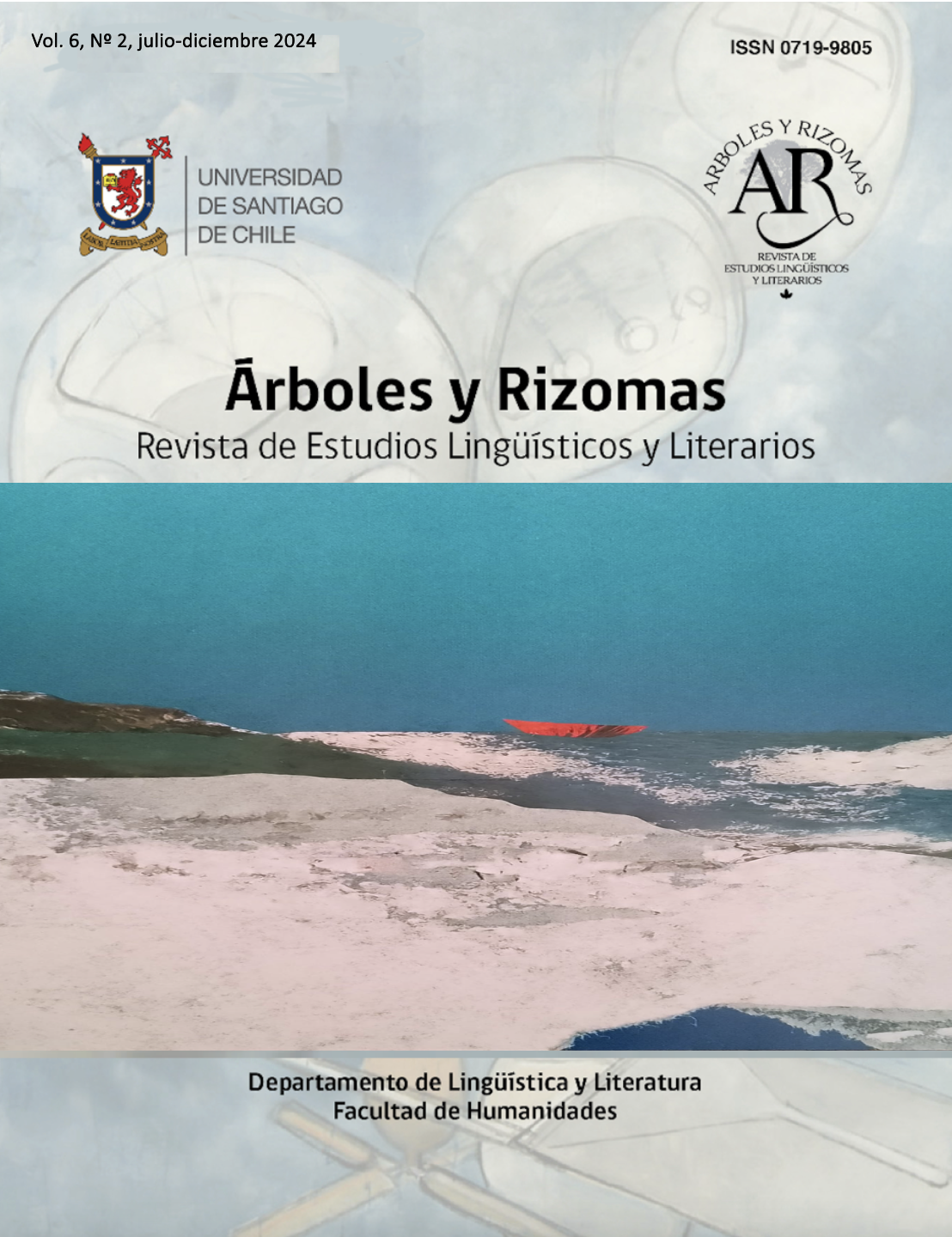Employing the R2L methodology with translanguaging to support written production of the daily routine genre
DOI:
https://doi.org/10.35588/ayr.v6i2.6794Keywords:
Reading to Learn (R2L), translanguaging, daily routines, Systemic Functional Linguistics (SFL), pedagogical action researchAbstract
This paper presents a pedagogical action research project conducted at a Chilean tertiary education institution which explores the teaching of written production in English as a foreign language (EFL). It examines the application of the Reading to Learn (R2L) methodology, based on the principles of Systemic Functional Linguistics (SFL), which provides systematic support for students to produce a variety of genres. The intervention consists of two phases in which the R2L methodology is employed for teaching the daily routine genre. In this study, the R2L methodology focuses on allowing students to develop the necessary linguistic resources for the production of both first-person singular and third-person singular daily routines. To facilitate this, the intervention utilizes two teaching tools: the steps of the R2L methodology and translanguaging. The findings reveal that the R2L methodology alongside translanguaging significantly improved students' ability to produce well-structured and purposeful daily routines, incorporating a range of linguistic choices.
Downloads
References
Achugar, M., & Carpenter, B. D. (2012). Developing disciplinary literacy in a multilingual history classroom. Linguistics and Education, 23(3), 262-276.https://doi.org/10.1016/j.linged.2012.05.003
Bruner, J. S. (1978). The role of dialogue in language acquisition. In A. Sinclair, R. J. Jarvelle & W. J. M. Levelt (Eds.), The Child's Concept of Language. Springer-Verlag.
Byrnes, H., Maxim, H. H., & Norris, J. M. (2010). Realizing advanced foreign language writing development in collegiate education: Curricular design, pedagogy, assessment. The Modern Language Journal, 94(1), 1–235.https://doi.org/10.1111/j.1540-4781.2010.01136.x
Canale, M., & Swain, M. (1980). Theoretical Bases of Communicative Approaches to Second Language Teaching and Testing. Applied Linguistics, 1(1), 1-47.https://doi.org/10.1093/applin/I.1.1
Cancino, M., & Díaz, G. (2020). Exploring the Code-Switching Behaviours of Chilean EFL High School Teachers: A Function-Focused Approach. Profile: Issues in Teachers’ Professional Development, 22(2), 115-130.https://doi.org/10.15446/profile.v22n2.81152
Council of Europe (2020). Common European Framework of Reference for Languages: Learning, Teaching, Assessment. Council of Europe Publishing.https://www.coe.int/en/web/common-european-framework-reference-languages
De Oliveira, L., & Iddings, J. (2014). Genre pedagogy across the curriculum. Equinox.
Dreyfus, S., Humphrey, S., Mahboob, A., & Martin, J. R. (2016). Genre pedagogy in higher education: The slate project. Palgrave Macmillan.
García, O., & Kleyn, T. (Eds.) (2016). Translanguaging with Multilingual Students. Learning from Classroom Moments. Routledge.
García, O., & Wei, L. (2014). Translanguaging: Language, Bilingualism and Education. Palgrave Macmillan.
Gibbons, P. (2003). Mediating Language Learning: Teacher Interactions with ESL Students in a Content-Based Classroom. TESOL Quarterly, 37(2), 247–273.https://doi.org/10.2307/3588504
Halliday, M. A. K. & Matthiessen, C. M. I. M. (2004). An introduction to functional grammar (3rd Ed.). Arnold.
Halliday, M. A. K., & Matthiessen, C. M. I. M. (2014). Halliday’s Introduction to Functional Grammar (4th ed.). Routledge.
Herazo Rivera, J. D., Becerra, T., García-Montes, P., Sagre Barbosa, A., Anaya, C., & Pastrana, J. (2021). Reading to Learn and EFL Students’ Construction of Spoken Biographical Recounts. Íkala, Revista de Lenguaje y Cultura, 26(1), 41-60.https://doi.org/10.17533/udea.ikala.v26n01a06
Humphrey, S., Droga, L., & Feez, S. (2012). Grammar and Meaning. The Primary English Teaching Association Australia (PETAA).
Kemmis, S., & McTaggart, R. (Eds.). (1988). The action research planner (3rd ed.). Deakin University Press.
Martin, J. R., & Rose, D. (2007). Working with Discourse: Meaning Beyond the Clause (2nd ed.). Continuum.
Martin, J. R., Matthiessen, C. M. I. M., & Painter, C. (2010). Deploying Functional Grammar. Commercial Press.
Menco-Haeckermann, V. (2021). From Curriculum Demands to Genre Pedagogy: Bilingual Adaptation of Reading to Learn for an L2 Lesson Planning. Signo, 46(86), 168-182. https://doi.org/10.17058/signo.v46i86.16522
Mendoza, D. (2022). Using a Reading to Learn (R2L) Adaptation to Support Students’ Language Learning in the Production of Spoken Daily Routines [Master's Thesis, Pontificia Universidad Católica de Chile]. Repositorio UC. https://doi.org/10.7764/tesisUC/LET/63721
Norton, L. (2009). Action Research in Teaching and Learning. A practical guide to conducting pedagogical research in universities. Routledge.
Rose, D., & Martin, J. R. (2012). Learning to Write, Reading to Learn: Genre, knowledge and pedagogy in the Sydney School. Equinox.
Rose, D. (2019). Reading to Learn: Accelerating learning and closing the gap. Reading to Learn.
Seidlhofer, B. (2009). Understanding English as a Lingua Franca. Oxford University Press.
Troyan, F., Herazo, D., & Ryshina-Pankova, M. (2022). SFL pedagogies in language education: Special issue introduction. System, 104, 102694.https://doi.org/10.1016/j.system.2021.102694
Vygotsky, L. S. (1978). Mind in society: The development of higher psychological processes. Harvard University Press.
Downloads
Submitted
2024-07-30Published
Issue
Section
License
Copyright (c) 2024 Diego Mendoza Godoy

This work is licensed under a Creative Commons Attribution 4.0 International License.






